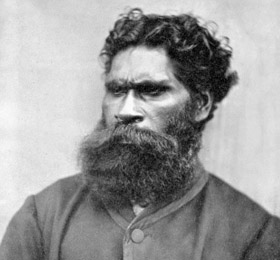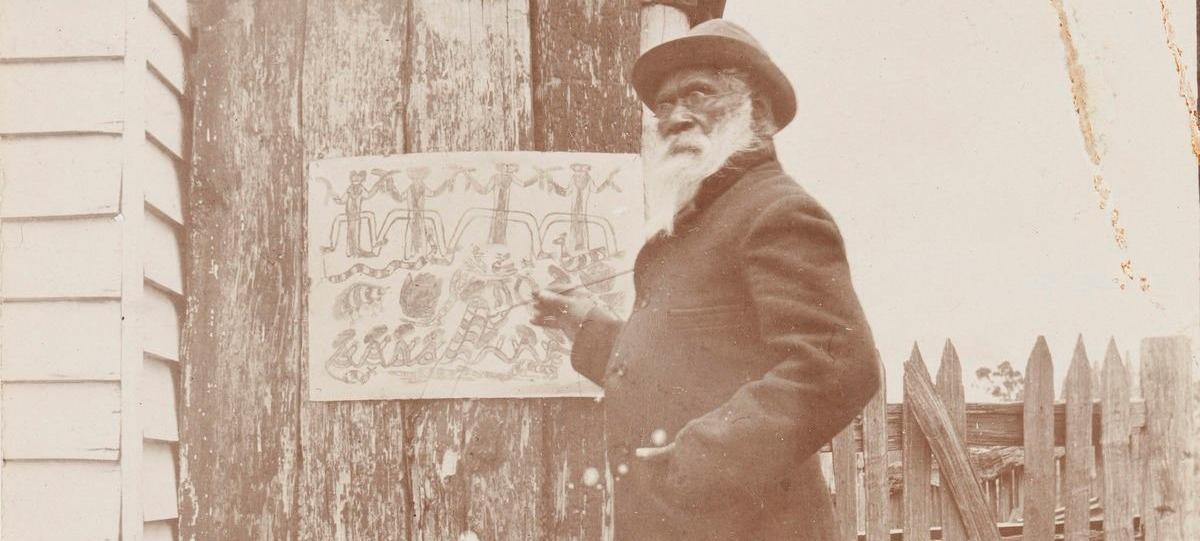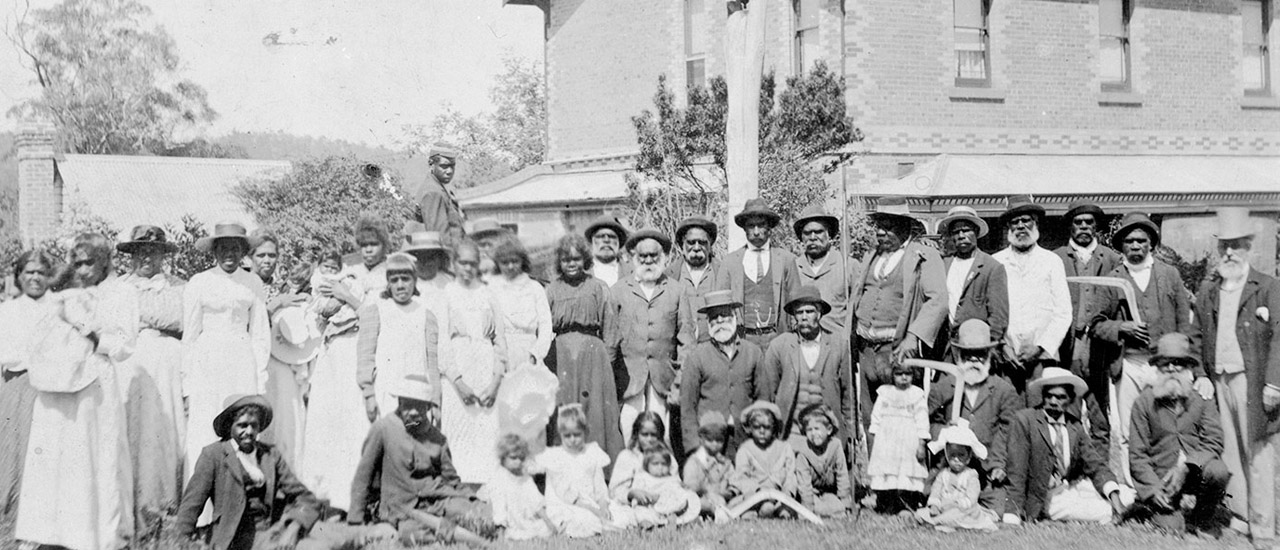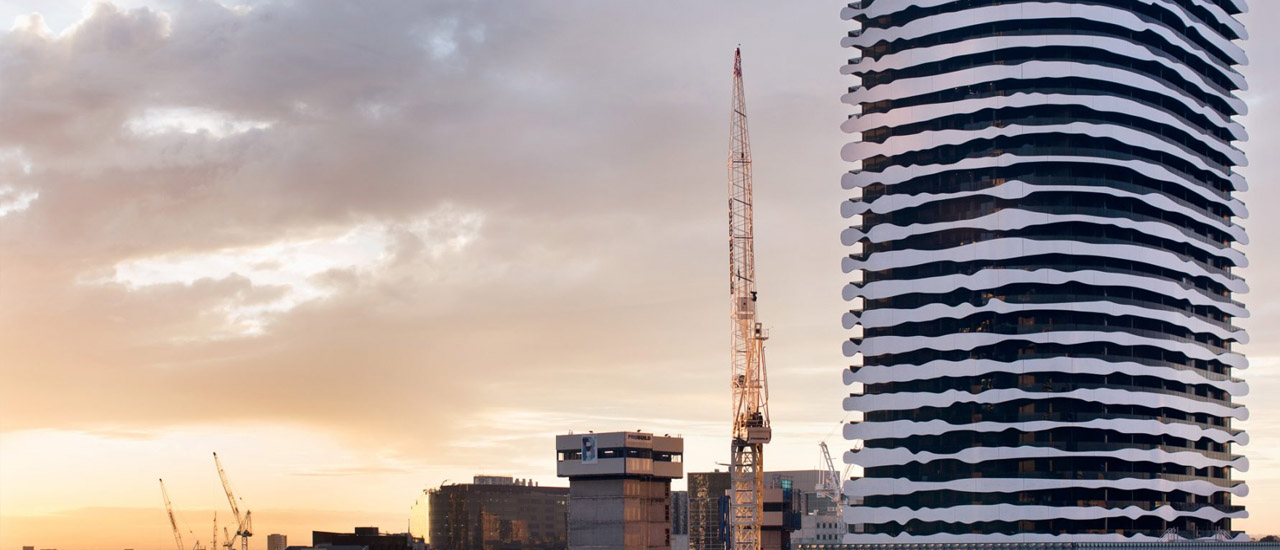Uncle Barak was born in 1824 to Bebejan, a Ngurungaeta, and Tooterie at Brushy Creek in the Yarra Valley, now known as Wonga Park. Uncle Barak spent most of his life at Coranderrk and was devoted to its cause. He was known as a man who was highly intelligent, charismatic and mild mannered.

Uncle Barak was a skilled artist, creating many paintings reflecting his Wurundjeri culture while at Coranderrk. Uncle Barak was a strong leader and advocate for his people – often successfully negotiating and building relationships between Wurundjeri people and Europeans.
Uncle Barak succeeded his cousin Uncle Simon Wonga as Ngurungaeta of the clan in 1875 and his diplomacy earned him genuine respect and support from white colonists.


Image: William Barak, circa 1989. The State Library of Victoria.
After becoming Ngurungaeta, Uncle Barak’s leadership was put to the test when Coranderrk came under threat of closure. The Protection Board was under pressure to subdivide the land and shift residents away from their homes to a remote spot on the Murray River. This was strongly opposed by the residents of Coranderrk. Uncle Barak also led a large group of people on a walk to Parliament House – recreating a walk he had previously done with his cousin, Uncle Wonga, when they had sought permission to establish Coranderrk.
In the meeting at Parliament, Uncle Barak was able to convince the Government not to shut Coranderrk down. This shows that Uncle Barak was able to adopt peaceful yet persuasive ways to fight for Country.


Image: William Barak and the Aboriginal community of Coranderrk. State Library of Victoria, 1903SLV.
In 1881 Uncle Barak organised a third walk to Melbourne after Coranderrk was once again being threatened. He led 22 men along the 60km journey from Coranderrk to Parliament House. The Parliamentary Inquiry into Coranderrk was the first time in Victoria that an official commission was created to address.
Aboriginal people’s calls for self-determination and land. The Inquiry lasted two and a half months. The Inquiry report was published in 1882. Following its recommendations, Coranderrk was made a permanent reserve by Premier Bell. For the time being the hard work to protect Coranderrk had paid off.
Uncle Barak sadly passed away in 1903 but his legacy lives on. A Melbourne bridge was given his name in 2006. It connects the Birrarung Marr with the city's sports precinct and his image can be found on a skyscraper in Melbourne's north.


Image: William Barak building. Remember Me: architecture, placemaking and Aboriginal identity. Assemble Papers.
You can read more about Uncle William Barak in our timeline entry on Coranderrk or on the Victorian Aboriginal Honour Roll in which he was inducted in 2011.
